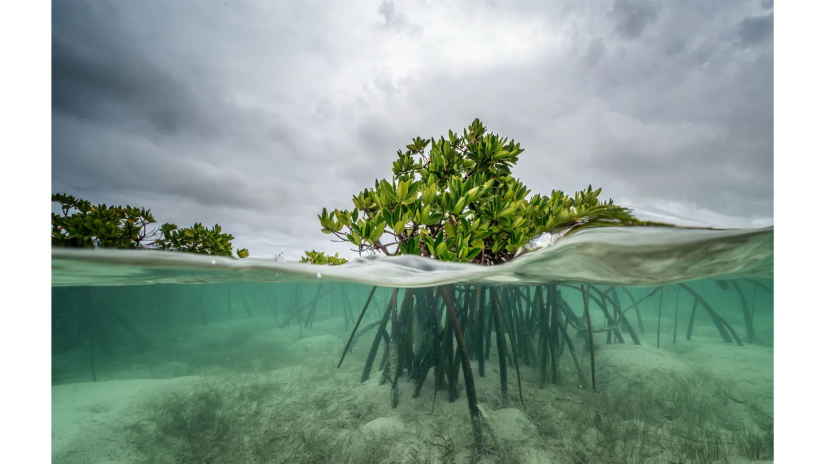3 thoughts on Ocean Solutions from Vivid Sydney

(Image credit: Cristina Mittermeier/SeaLegacy)
As part of our Vivid Sydney event series, we heard from Dr Kate Scardifield, artist and Co-Director of the UTS Material Ecologies Design Lab at the University of Technology Sydney, Professor Martina Doblin, Professor of Oceanography at the University of Technology Sydney and current Director and CEO of the Sydney Institute of Marine Science, Amy Low, Brand and Marketing Manager for Piping Hot and Distinguished Professor Peter Ralph, the Executive Director of the Climate Change Cluster at the University of Technology Sydney, an internationally respected academic and research leader on how they are harnessing the ocean's natural powers as a solution.
Here are our three thoughts from the discussion.
1. We must sustain the ocean, so it can sustain us.
Professor Martina Doblin explained how the ocean regulates the Earth’s climate by absorbing over 25% of human-caused carbon dioxide emissions, and about 90% of the excess energy added by burning fossil fuels and other human activities. She and her colleagues are working with the ocean on several projects to help sustain it, such as regenerating degraded ecosystems so that their services are restored, and we can obtain more benefits from them. These solutions recognise the interconnectedness of the ocean with society and are changing our relationship with our blue planet.
2. Algae are sexy.
Professor Peter Ralph and Amy Low ask what if some living biomasses were to become commodities? Over 60% of manufactured goods can be produced using bio-manufacturing. Seaweed can be converted into bio-bricks, bioplastic, footwear, textiles, components of a building; walls, floors, tables. It can make adhesives, composites, plastics - with bioplastics we can use wastewater to feed the seaweed (land-based cultivation). This is the bioeconomy. This is the key to us decarbonising the planet.
3. Let’s change our relationship with the ocean.
Dr Kate Scardifield, Professor Peter Ralph, Professor Martina Doblin, and Amy Low explain that cutting-edge innovation is happening, and solutions are on the horizon. Technologies are being developed to scale the production of biomass, to restore and regenerate ecosystems, to produce sustainable food, fashion, renewable energy, and alternative bio-materials… but that we need them to happen faster. They need financing. They need proactive policy. And they need consumer support.
